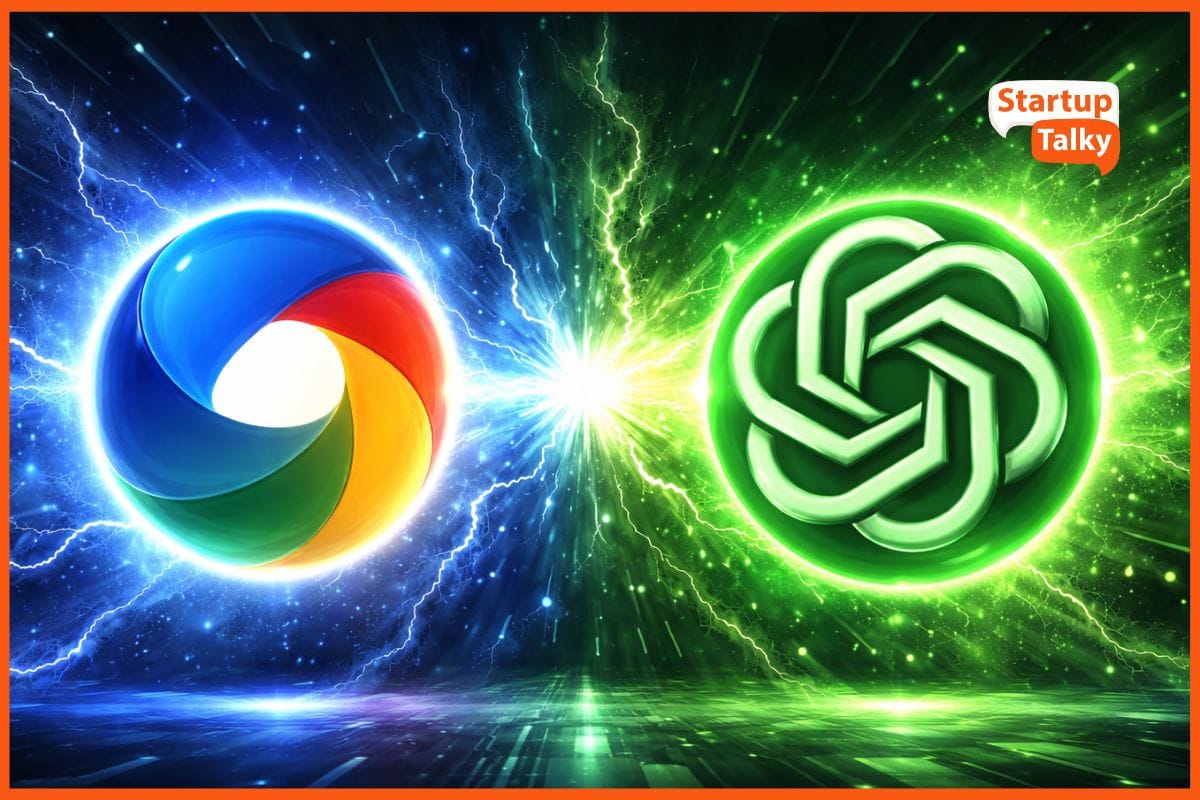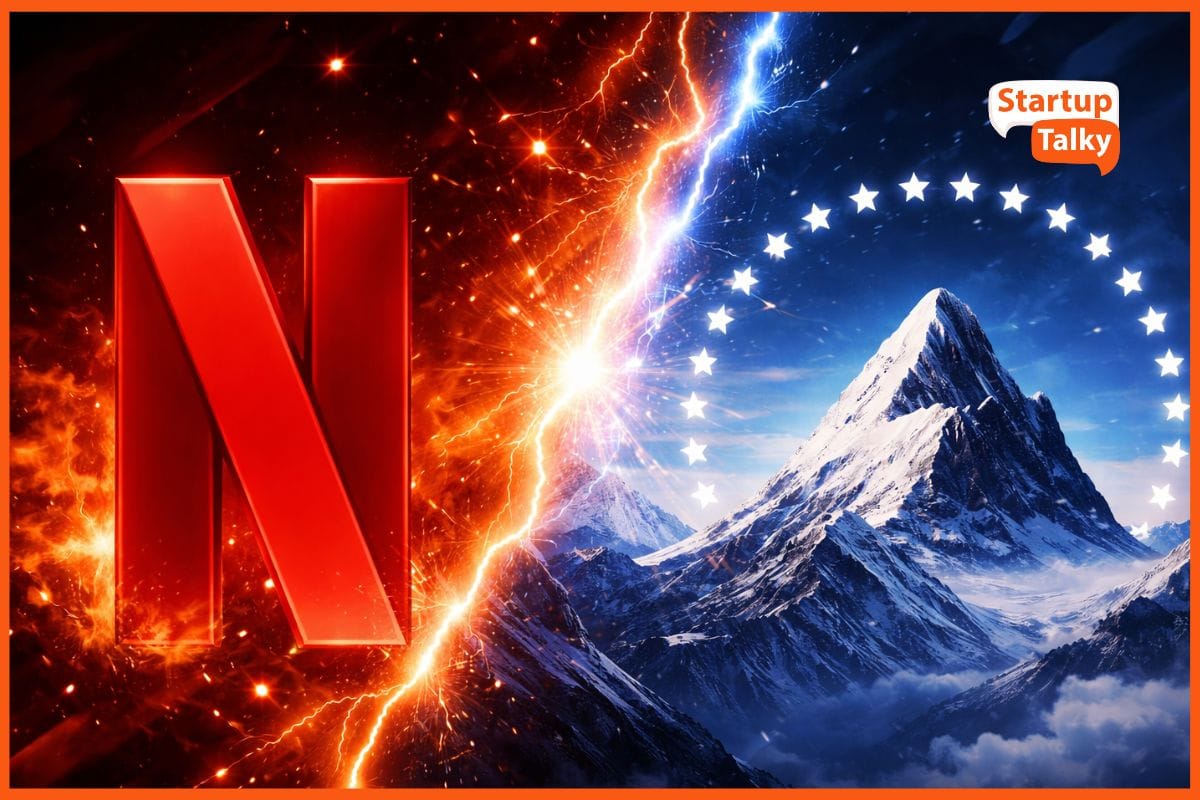GPT-4 vs GPT 3.5: 5 Key Differences Explained
🔍Insights
GPT-4, the new upgraded version of OpenAI’s large language model (LLM), is finally here. It is a renewed and exciting development in natural language processing, and it has the potential to significantly improve the way humans interact with computers and artificial intelligence.
Like its predecessor GPT-3.5, it also can generate texts and creative content when prompted by a user. The evolution of generative AI is unquestionably faster than our evolution which ironically took millions of years, but who’s counting?
Organizations like Microsoft, OpenAI, Midjourney, Google, IBM, and many more realize the infinite potential artificial intelligence (AI) has, and that is why they are all willing to bet big. OpenAI and Microsoft, in 2019, formed a 1B USD partnership to strengthen OpenAI’s Artificial Intelligence development and scale its deep learning efforts.
Furthermore, Google, in its I/O developer conference in May 2021, announced a new language model called "LaMDA"— which is short for Language Model for Dialogue Applications. LaMDA is a new conversational AI model designed to have more natural and engaging conversations with users, just like ChatGPT. Fast forward to 2023, and now we have Google’s conversational AI chatbot “BARD” which is also capable of doing everything ChatGPT can do, but what makes Google’s Bard different is the fact that it is developed by Google, exposed to a larger dataset of text and code, improving its trust quotient amongst the general public.
OpenAI claims its new upgraded version of GPT (Generative Pre-trained Transfer), GPT-4 is much more capable than GPT-3.5— usually, that is what an upgrade means. So, let’s see the 5 key differences between the GPT-4 and its predecessor.

More Creative
Visual Input Made Possible
More Text
Advance Reasoning Capabilities
More Safe And Accurate
More Creative
From first GPT-1 in 2018, which could generate human-like text output, to GPT-2 in 2019, where the AI is capable of producing longer and more complex text pieces, and then GPT-3 in 2020, longer and even more creative, sophisticated texts in paragraphs, OpenAI has made significant progress in a very short time. The latest GPT-4 is presumed to be more creative in its response than previous versions, including GPT 3.5.
OpenAI claims that GPT-4 is highly proficient at generating and working with users on creative projects like music composing, technical writing and editing, screenplays, and even understanding a user's unique writing style. And that is a significant improvement over GPT-3.5.

If you ask it to narrate a movie plot creatively, it will not disappoint you.
Visual Input Made Possible
GPT-4 is also unique in its ability to process visual input, which was missing in GPT-3.5. It can now accept an image as input to generate a logical and comprehensive response. It can create captions, classifications, and analyses as well.
For instance, in one example provided by OpenAI, the chatbot is given an image of baking ingredients and is asked what can be made with them, and to my surprise, it does come up with a response. That is quite interesting if you ask me. I also like Google’s image search response, but it is much more intelligent.

However, it is not clear if video can also be used in the same way.
More Text
Yes, more text. The new GPT-4 can take more text as input than ChatGPT, which is based on GPT-3.5, to generate a more comprehensive, complex, and contextual response. According to OpenAI, the newer version, GPT-4, can take 25000 words, approximately 8 times more words than ChatGPT, that can be used to create more useful, longer, and analytical content. You can write reports, papers, and much more.

Advance Reasoning Capabilities
Another incredibly important factor– a fundamental difference between GPT-4 and GPT-3.5– is advanced reasoning abilities. GPT-4 is trained on a larger dataset of text and code, allowing it to analyze human input more logically and present a more cohesive, resolute, and human-like output.
One example that OpenAI cites is a logical aptitude-based question where people have only a half-hour common window to meet, and it is asked to suggest the common window. GPT-4 comes up with the correct response in a single-line answer without any unwanted gibberish, which is fascinating.

Apart from that, it has immense potential in the field of education. It is like a teacher a fifth grader struggling with mathematics never had. It can solve algebra equations, draw coordinates and graphical representations of equations, and more.
Additionally, OpenAI claims that GPT-4 can outsmart humans on many tests created for humans. It has outscored many students in standardized tests like SAT and such.
More Safe And Accurate
OpenAI claims that GPT-4 is also trained to provide a safe and more accurate experience than before.
As per OpenAI, “GPT-4 is 82% less likely to respond to requests for disallowed content and 40% more likely to produce factual responses than GPT-3.5,” as internally evaluated.
So, there is a fair chance that if you ask for something that it considers inappropriate, it won’t respond. But it also raises a pertinent issue about what it considered as “disallowed content’’, what should be ‘banned’ on this platform, and what shouldn’t— but is for another day.
Conclusion
It is clear by now that the capabilities of GPT-4 surpass those of its predecessor GPT 3.5. It can process longer prompts and engage in extended conversations while demonstrating an ability to recognize and respond to emotions conveyed through text. Moreover, GPT-4 excels in understanding and producing diverse dialects and can even analyze and provide feedback on images and graphics. It is capable of logically interpreting visuals like images. However, it is not clear, as of now, if it can interpret video inputs as well.
Additionally, GPT-4 is more accurate and less prone to factual errors than GPT-3.5. It can generate text consistent with the given prompt while being more creative, producing original and captivating text that is engaging as well as persuasive at the same time. Its efficiency is also quite impressive as it generates text at a faster pace and with fewer instances of crashing or memory overload.
GPT-4 is more accessible and affordable, allowing more individuals to utilize its capabilities while being more transparent and open with its code available to the public and developers receptive to feedback. It embodies a sense of optimism and represents the potential of artificial intelligence to transform the world.
FAQs
What are the major differences between GPT-3.5 and GPT-4?
Here are the 5 key differences between GPT-3.5 and GPT-4 -
- GPT-4 is more creative
- GPT-4 made visual input possible
- GPT-4 accepts a longer context
- GPT-4 has advanced reasoning capabilities
- GPT-4 is more safe and accurate
How many words can GPT-4 take as per OpenAI?
GPT-4, can take 25000 words, approximately 8 times more words than ChatGPT, that can be used to create more useful, longer, and analytical content.
Must have tools for startups - Recommended by StartupTalky
- Convert Visitors into Leads- SeizeLead
- Website Builder SquareSpace
- Manage your business Smoothly Google Business Suite






